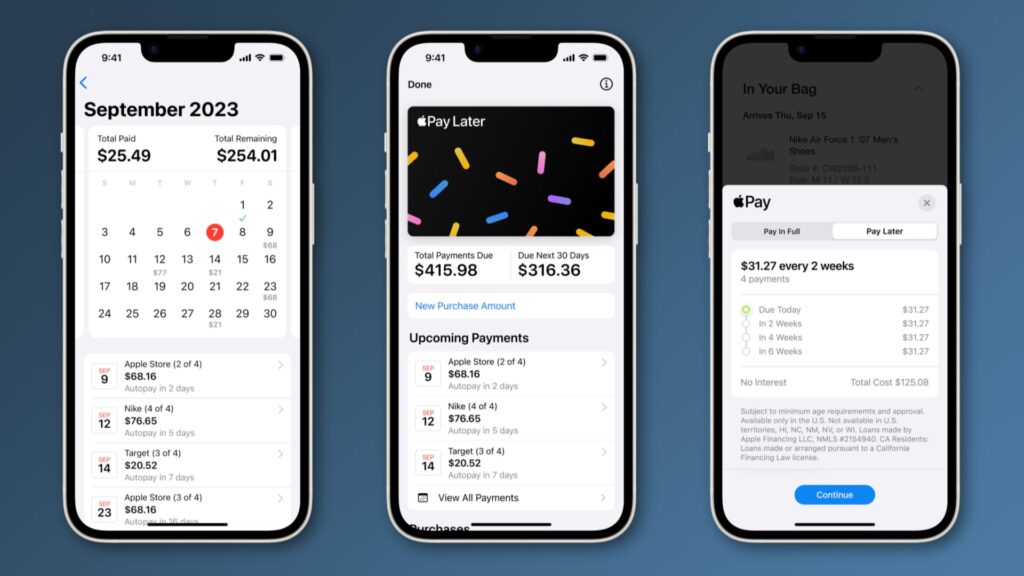As mobile OS giants hold to push limitations, Android 16 and iOS 18.4.1 represent the ultra-modern iterations of Google and Apple. These updates carry forward refinements, new functions, and a sharpened recognition of consumer revel in and AI integration. In this article, we are able to explore how those titans examine in terms of features, overall performance, and average consumer experience.
User Interface and Design
Android 16: Android 16 introduces Material You 3.0, an evolution of its dynamic theming engine. Users can now enjoy extra granular management over UI elements like font scaling, widget transparency, and side detection for foldables. Google also has subtle animations, making transitions smoother and more steady across gadgets.
iOS 18.4.1: iOS maintains its culture of minimalism with subtle but significant layout improvements. The Control Center has been made over for quicker customization, and Apple has delivered smart widget stacking based on time of day and utilization patterns. A key UI exchange includes context-aware hints embedded into Spotlight and Siri UI elements.
Customization and Flexibility
Android 16: One of Android’s perennial strengths is customization, and Android 16 takes it in addition. Users can now create “modes” that alter wallpapers, notification settings, and app layouts based on context, like work, driving, or bedtime. Enhanced lock display screen widgets and interactive topics hold to offer a customized experience.
iOS 18.4.1: While nonetheless more locked down than Android, Apple has loosened its grip. IOS 18.4.1 allows third-party default apps for mail, browsers, or even digicam. Lock display customization now helps live sports, deeper widget integration, and new wallpaper effects. It’s nonetheless at the back of Android. However the gap is narrowing.
Performance and Optimization
Android 16: Google has made under-the-hood enhancements targeting reminiscence management and battery performance. Apps now release up to 20% faster, and adaptive battery utilization has been first-rate-tuned with the use of on-tool AI. Support for devices with foldable and rollable screens has been advanced, ensuring higher multitasking and responsiveness.
iOS 18.4.1: Apple remains unrivaled in hardware-software integration. On more recent chips like the A18 Pro, iOS 18.4.1 promises blazing rapid overall performance with improved thermal regulation. The replacement additionally improves app release speeds and introduces a clever RAM allocator, optimizing historical past responsibilities and multitasking.
AI and Smart Features
Android 16: With the integration of Gemini Nano, Android sixteen considerably complements on-tool AI. Features like real-time language translation, clever replies in messaging apps, and contextual recognition in notifications are now faster and extra private. Google Assistant profits from new proactive suggestions and deeper integration with 0.33-celebration apps.
iOS 18.4.1: Apple has elevated Siri’s talents with on-tool processing and tighter integration with Apple Intelligence, its AI framework. Siri can now deal with extra complex queries, automate multi-step exercises, and carry out offline translations. Live voicemail transcription and smarter autocorrect also stand out as key improvements.
Security and Privacy
Android 16: Privacy dashboards improve with higher app activity visualization. Android 16 additionally introduces “Private Spaces,” permitting users to isolate touchy apps in the back of additional authentication. Google Play Protect now consists of real-time code scanning for sideloaded APKs.
iOS 18.4.1: Apple keeps emphasizing personal privacy. Mail and Safari now block greater trackers by default. The new “Privacy Vault” secures pictures, messages, and apps in the back of Face ID. App Tracking Transparency sees refinements, and app permissions are more granular, specifically for microphone and camera access.
App Ecosystem and Developer Tools
Android 16: Android Studio Giraffe now consists of local support for Android sixteen functions. Developers can create higher studies of the usage of new APIs for foldable, satellite connectivity, and adaptive performance. Google Play’s new checking-out channels provide higher rollout management.
iOS 18.4.1: Apple has opened more developers to get the right of entry to machine-degree APIs, especially in areas like imaginative and prescient and machine learning. SwiftUI 6 brings greater dynamic UI alternatives. App Store Connect additionally now features better analytics and A/B checking out capabilities.
Device Compatibility and Ecosystem Integration
Android 16: While fragmentation still exists, Android 16 aims to reduce it with Project Mainline updates and obligatory long-term support for more modern devices. Google’s atmosphere, including Android Auto, Wear OS, and Chromecast, now works more seamlessly with Android 16.
iOS 18.4.1: iOS 18.4.1 helps all gadgets from the iPhone 12 onward, ensuring an extensive and consistent rollout. Apple’s surroundings integration—across Macs, iPads, Watches, or even Vision Pro—is tighter than ever. Features like Universal Clipboard, AirDrop+, and go-device FaceTime are smoother and quicker.
Accessibility Features
Android 16: Voice Access has been upgraded with contextual consciousness, enabling more accurate command execution. Haptic remarks are extra customizable, and TalkBack now supports gestures for multi-finger controls. Android 16 additionally helps braille show integration via Bluetooth.
iOS 18.4.1: Apple expands its accessibility suite with functions like Eye Tracking for navigation, sound popularity upgrades, and Live Speech upgrades. The Personal Voice function continues to assist customers with degenerative speech situations to communicate efficiently.
Battery Life and Power Management
Android 16: Adaptive Charging 2.0 learns from a person’s conduct to hold battery fitness. Android 16 additionally helps with ultra-low energy mode on well-matched gadgets, extending standby time considerably. App hibernation and background system limits had been tightened.
iOS 18.4.1: Apple gadgets with iOS 18.4.1 display considerable gains in battery persistence, mainly in idle states. The new Battery Health dashboard affords real-time fitness insights and charge cycle optimization pointers.
Conclusion
Choosing between Android 16 and iOS 18.4.1 in large part depends on your priorities. Android sixteen wins on customization, device variety, and openness, making it best for tinkerers and customers who cost flexibility. IOS 18.4.1, meanwhile, promises unrivaled polish, ecosystem integration, and a lengthy-term guide, specifically beneficial for customers heavily invested in Apple products.


